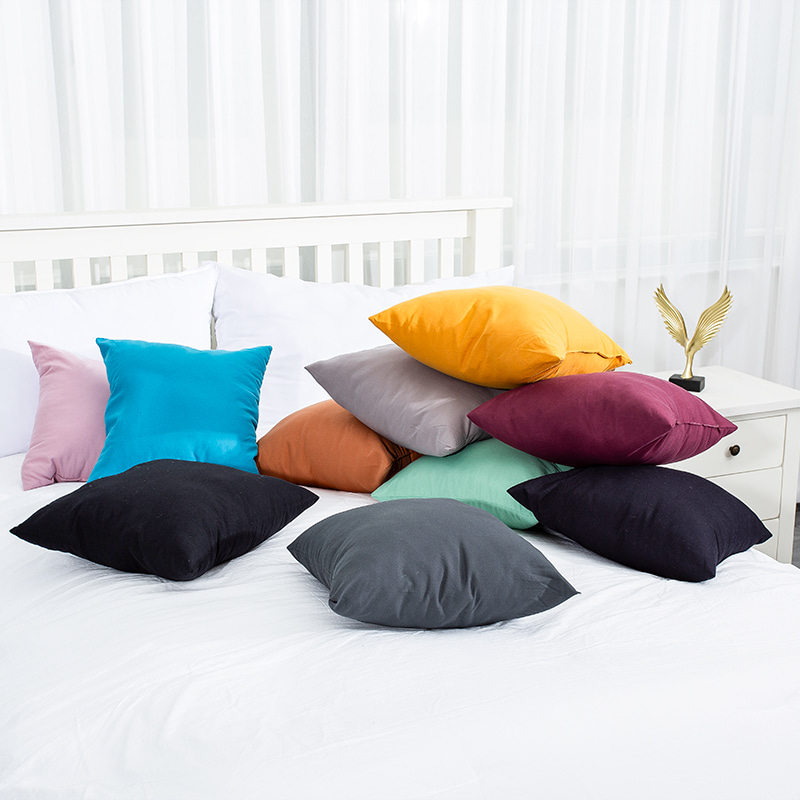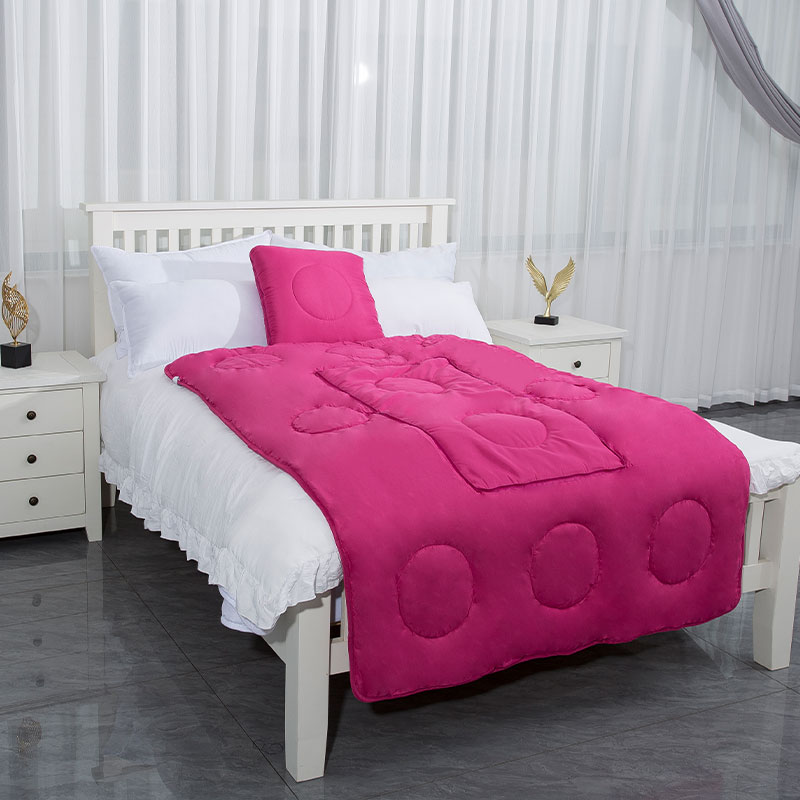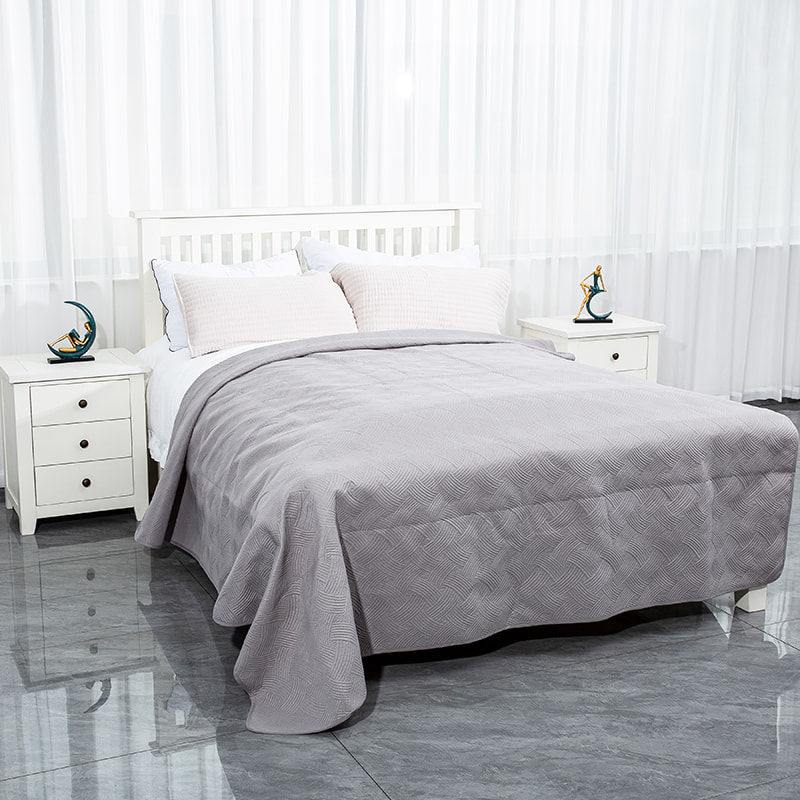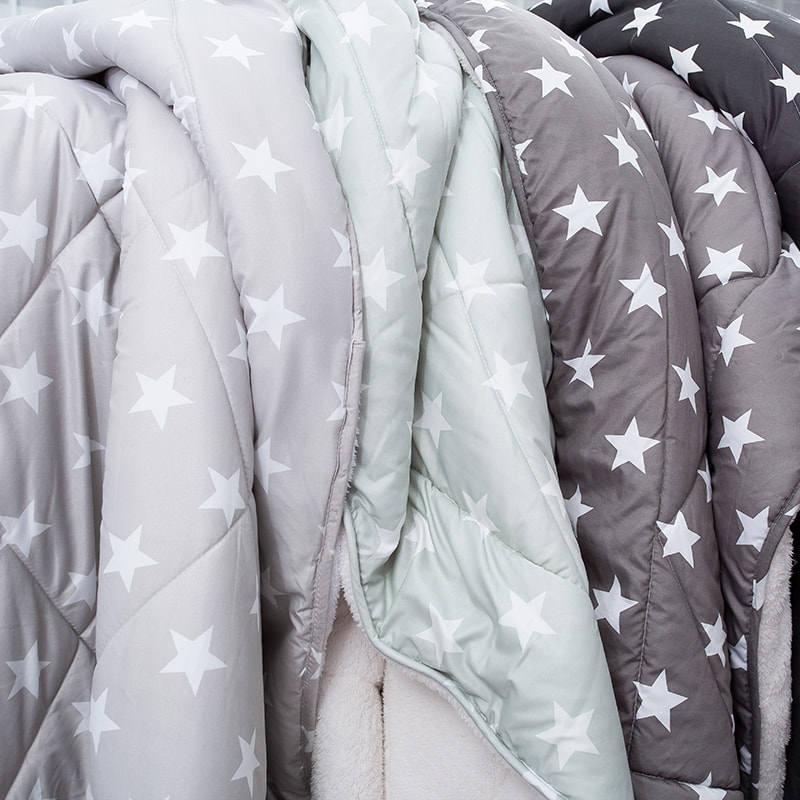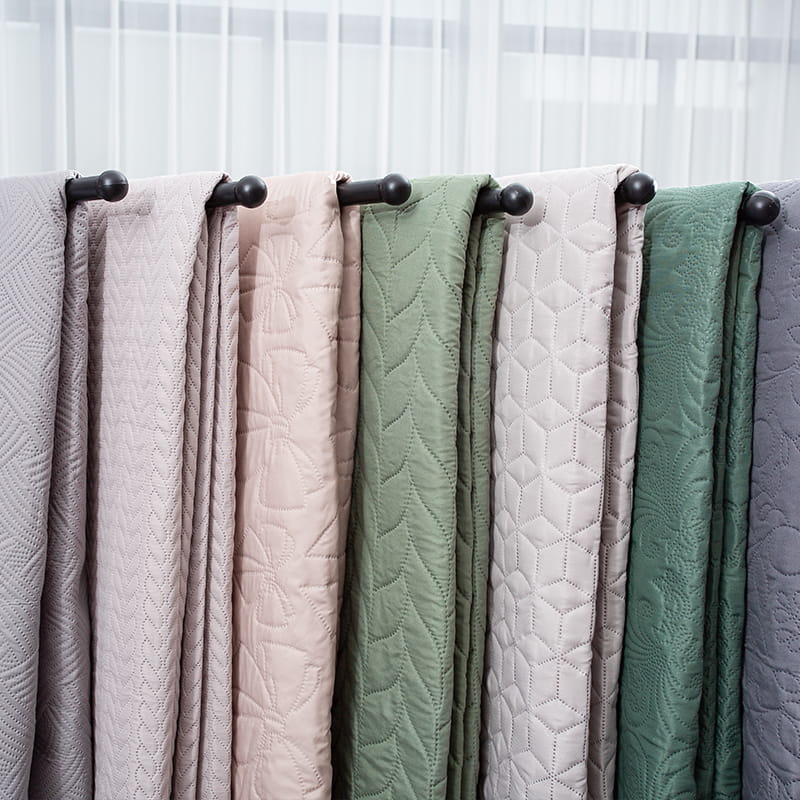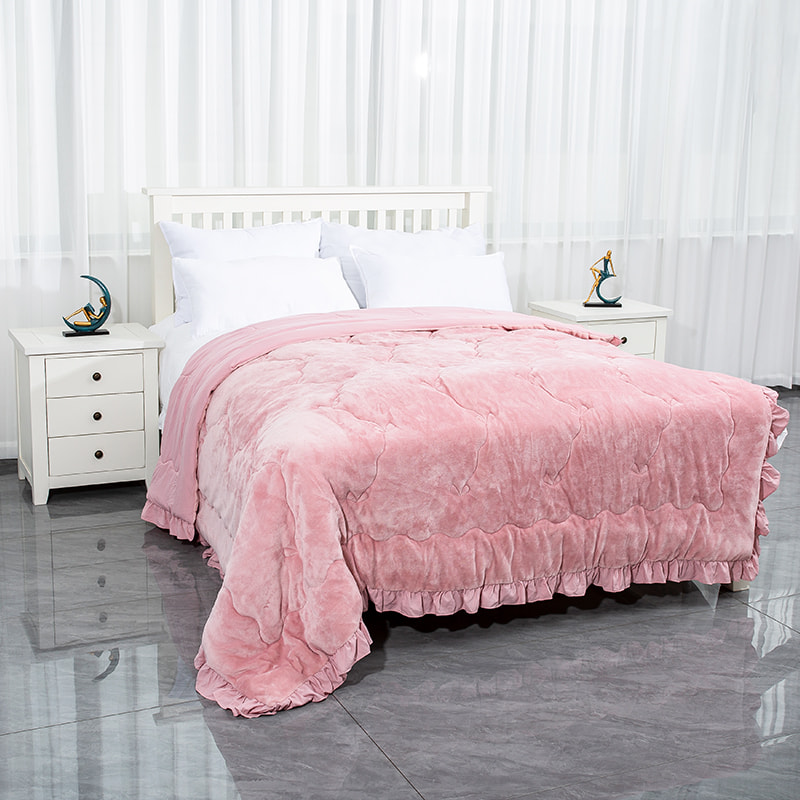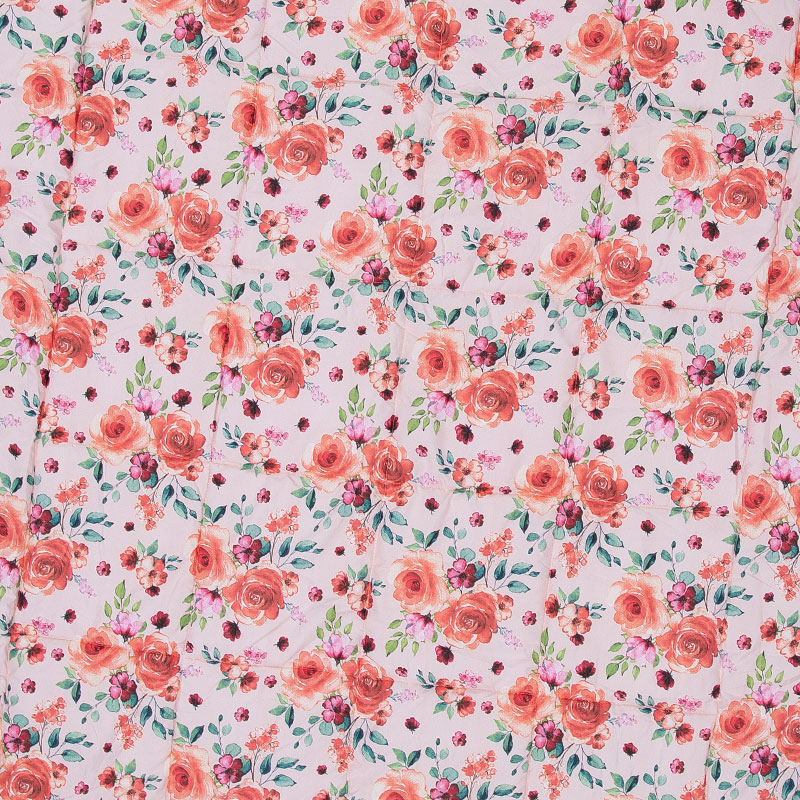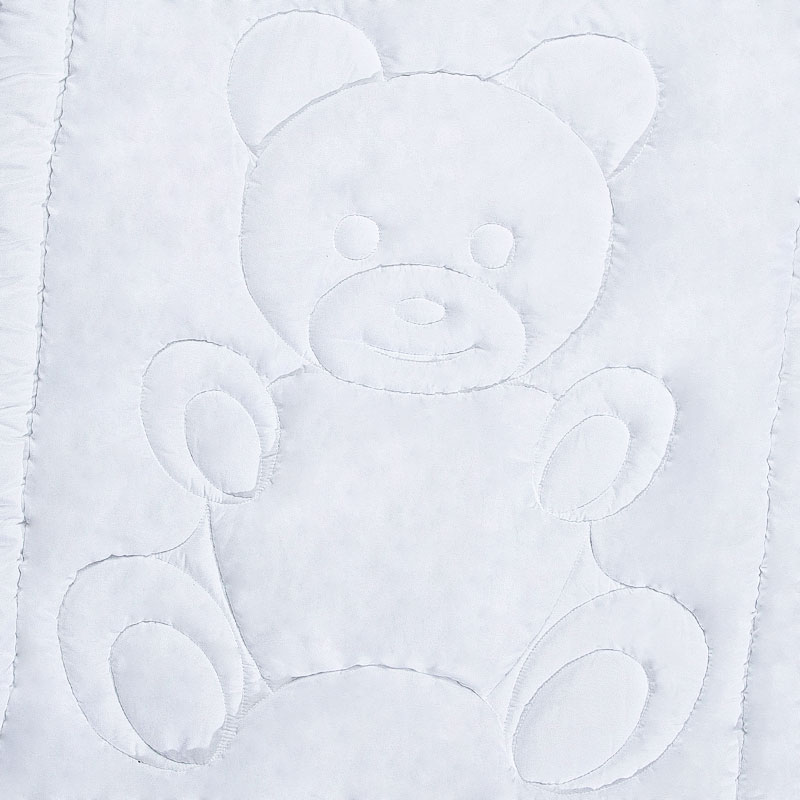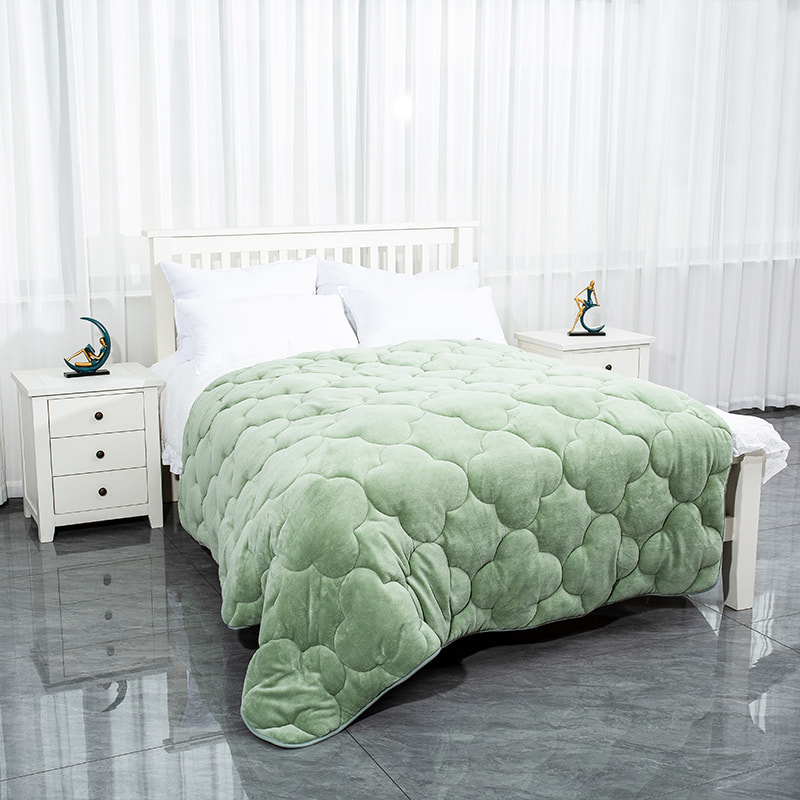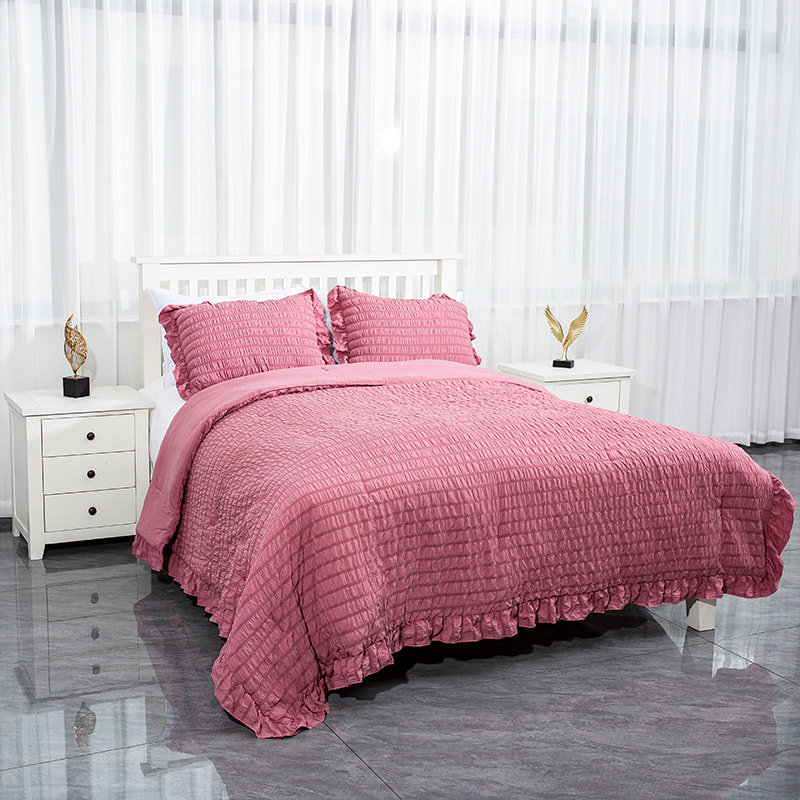Reversible Comforter fabric splicing: precise craftsmanship resolves the challenge of heterogeneous materials
In the production system of Reversible Comforter fabric splicing: precise craftsmanship resolves the challenge of heterogeneous materials, heterogeneous structures give it multiple functional characteristics, but also bring challenges to the process realization. Among them, the fabric splicing link, as a key node to determine the quality of the product, needs to face the problem of differences in the material, thickness and texture of the front and back fabrics. If the splicing process is not properly controlled, it will not only cause wrinkles and unevenness at the seams, but also affect the overall appearance and user experience. From cutting to sewing, each process requires precise technology and strict standards to ensure that the quality of Reversible Comforter's details can stand up to scrutiny.
The soft and skin-friendly cotton fabric meets the waterproof and wear-resistant polyester fiber. The differences in elasticity, thickness and surface tension between the two make simple sewing very easy to cause seam distortion and deformation. Cotton fabrics are highly hygroscopic and tend to shrink when exposed to water, while polyester fibers have high dimensional stability in a wet environment. If this difference is not considered in advance in the process, the finished product will have obvious wrinkles at the seams after washing; when sewing fabrics of different thicknesses, the thicker side is prone to bulges, destroying the surface flatness of the quilt; if the splicing angle of fabrics with complex textures deviates, it will cause pattern misalignment and affect the visual effect. These problems force technological innovation and require precise control from the source.
High-precision laser or CNC cutting equipment has become a key tool. It controls the cutting path through a computer program and can control the edge error of two different fabrics within the millimeter level. The intelligent recognition system of the equipment can pre-scan the fabric pattern and texture direction to ensure that the edge of the fabric after cutting can be accurately matched while maintaining the integrity and continuity of the pattern. When processing fabrics with geometric patterns, the CNC cutting machine can align the pattern lines with an accuracy of 0.1 mm according to the design requirements to avoid visual faults after splicing. In view of the stretch characteristics of different fabrics, a reasonable seam allowance will be reserved during the cutting process to provide buffer space for subsequent stitching and reduce the risk of deformation caused by uneven tension.
In the face of heterogeneous fabrics of Reversible Comforter, accurate adjustment of sewing machine parameters is crucial. For soft cotton fabrics that are easy to unthread, a fine stitch length (usually 12-14 stitches per inch) is required, combined with flexible silk threads, to increase the edge fastness by increasing the stitch density; while for functional fabrics with a harder texture, the pressure of the sewing machine presser foot needs to be reduced, and the stitch length should be appropriately increased (8-10 stitches per inch) to avoid leaving indentations or puncture damage on the surface of the fabric. Through repeated testing and calibration, it is ensured that each section of the seam can maintain a natural and smooth appearance while fixing the fabric.
In addition to precise control at the technical level, the process details of fabric splicing also contain aesthetic ingenuity. Craftsmen will choose the matching stitching method according to the overall design style of the quilt: straight stitching is simple and elegant, suitable for modern minimalist style; angled stitching can break the monotony and add dynamism to the product; curved stitching can create a soft and elegant visual effect. When processing fabrics with complex patterns, the "matching stitching" process is also used. Through manual alignment and fine operation, the pattern is naturally connected at the seam.
From cutting to stitching, Reversible Comforter's fabric stitching process resolves the challenges brought by heterogeneous materials with extreme precision.

 English
English 中文简体
中文简体 Español
Español previous post
previous post
